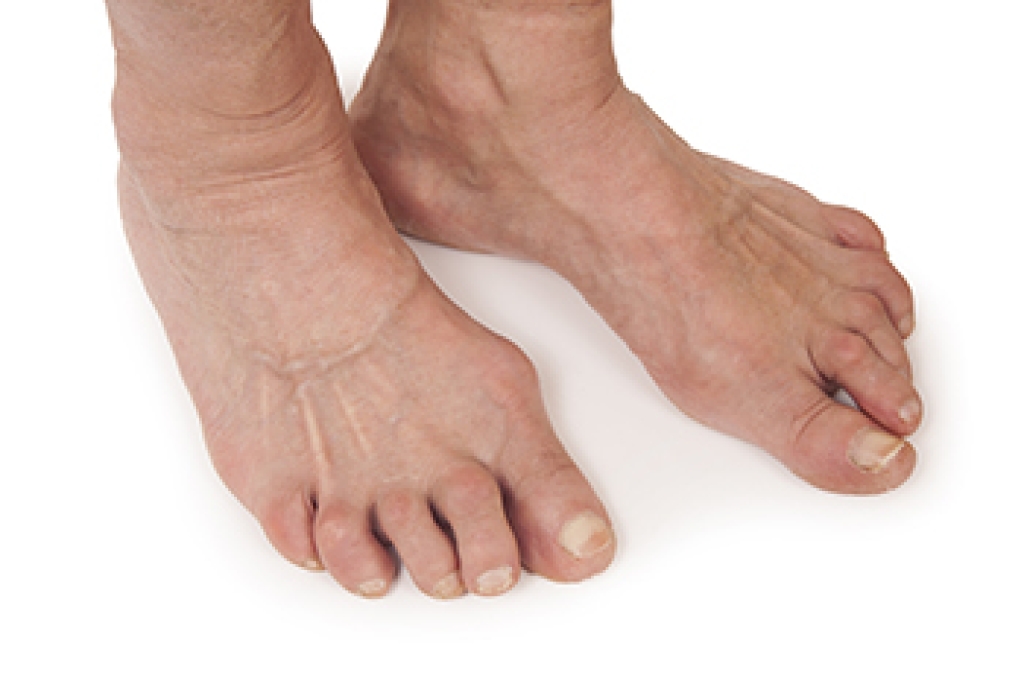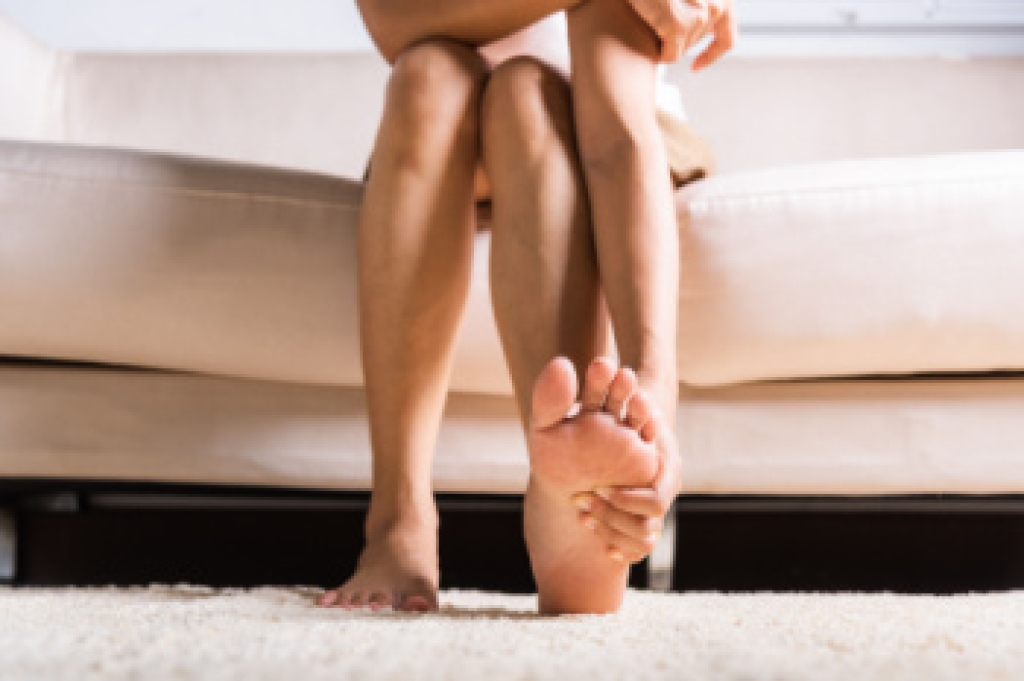
Rheumatoid arthritis can significantly impact the feet and cause pain, swelling, and stiffness that can interfere with daily life. Education plays an important role in helping individuals manage these challenges effectively. Learning how the disease affects joints allows patients to better understand flare-ups and long-term changes. Wearing proper footwear with supportive cushioning can reduce pressure on tender joints, while custom orthotics may provide additional relief. Low-impact exercises such as swimming or cycling are often encouraged to maintain mobility without putting stress on the feet. Regular monitoring by a podiatrist can help detect changes early and prevent deformities from worsening. Self-care strategies such as warm soaks or gentle stretching may also ease discomfort. If rheumatoid arthritis is affecting your feet, it is suggested that you consult a podiatrist to explore supportive treatment options and provide further guidance on this condition.
Because RA affects more than just your joints, including the joints in your feet and ankles, it is important to seek early diagnosis from your podiatrist if you feel like the pain in your feet might be caused by RA. For more information, contact one of our podiatrists of Advanced Foot Specialists. Our doctors will assist you with all of your podiatric concerns.
What Is Rheumatoid Arthritis?
Rheumatoid Arthritis (RA) is an autoimmune disorder in which the body’s own immune system attacks the membranes surrounding the joints. Inflammation of the lining and eventually the destruction of the joint’s cartilage and bone occur, causing severe pain and immobility.
Rheumatoid Arthritis of the Feet
Although RA usually attacks multiple bones and joints throughout the entire body, almost 90 percent of cases result in pain in the foot or ankle area.
Symptoms
- Swelling and pain in the feet
- Stiffness in the feet
- Pain on the ball or sole of feet
- Joint shift and deformation
Diagnosis
Quick diagnosis of RA in the feet is important so that the podiatrist can treat the area effectively. Your doctor will ask you about your medical history, occupation, and lifestyle to determine the origin of the condition. Rheumatoid Factor tests help to determine if someone is affected by the disease.
If you have any questions, please feel free to contact our offices located in Rockwall, Greenville, Dallas, Sachse, and Lewisville, TX . We offer the newest diagnostic and treatment technologies for all your foot care needs.




